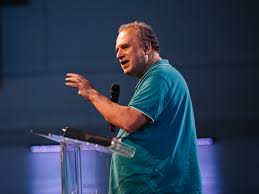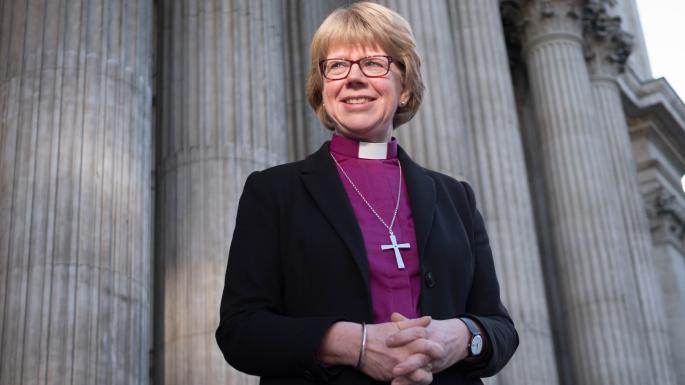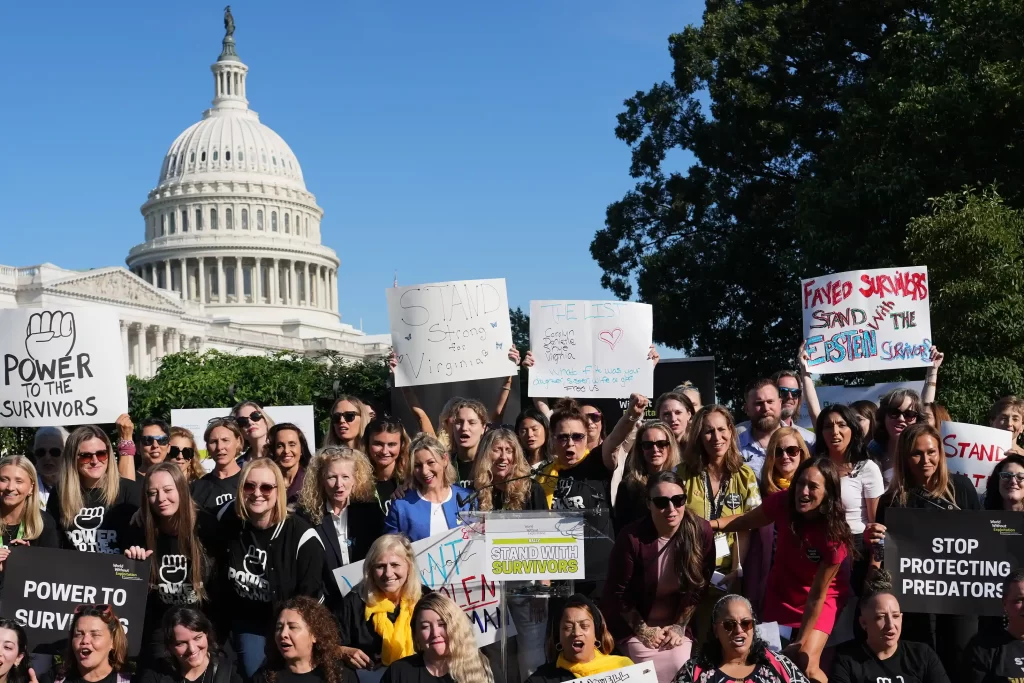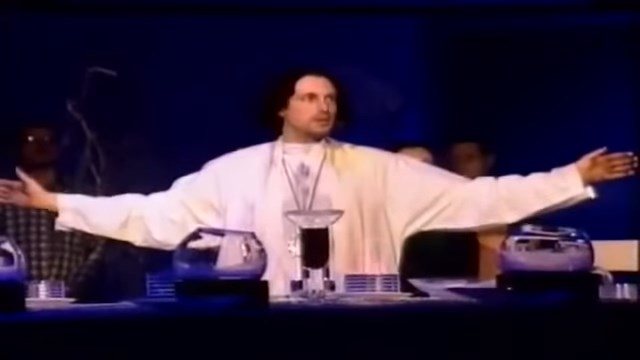
One of the hazards of using a computer is that occasionally documents disappear into cyberspace, never to be recovered. With all the recent excitement of a nomination for the new Archbishop of Canterbury, and the pressing need to say something on the topic for this blog, I put to one side a post I was writing on the Durham University Study of the survivors of Mike Pilavachi. Then I saw this earlier post disappear in a massive computer failure. I am now up and running again with a new s/h computer but have had to start completely from scratch with my assessment of this important Durham document. It is one which I commend to all my readers with some enthusiasm.
What is the reason for my strong approval of this Durham document written by Nina and Jonas Kurlberg and Mike Higton? I am struck, first of all, by the fact that is a document that turns the normal approach to safeguarding topics completely upside down. Most documents on abuse and safeguarding in the Church begin with an examination of the issue from the perspective of the institution. What went wrong and how can we in the church institution do better in the future? These are the typical questions faced by many reports over the last couple of decades. This new report, Resetting the balance – Listening to testimonies of harm in the Mike Pilavachi Case, starts in another place, the experience and reflections of survivors of an abusive ministry. The authors have interviewed a representative cohort of those who were harmed by Pilavachi and we, as readers, are allowed to glimpse the way these victims understood the dynamics and processes of these harmful events. This story of these events mentions bishops and safeguarding officers, but they are nowhere at the centre of the narrative. What is at the centre of the text is a vivid account of the experience of victims and their involvement and relationship with the chief actor, Mike Pilavachi. He was at the centre of the Soul Survivor movement over a significantly long period and much of the harm recounted in this report is as the result of his behaviour and actions.
In reading the report, I am reminded of the numerous books and articles penned by cult survivors. Cults (and this would apply to many ‘orthodox’ religious groups) seldom sell themselves to the outside public by promoting their teaching in a written form. Few ever became a Moonie, a Scientologist or even a member of a church plant through picking up literature and deciding that this was the way forward for them. While there may be exceptions to such a generalisation, the groups that proselytise (good and bad) suggest that religious conversion is almost always a social event. By this I mean to indicate the way that individuals, pre-conversion, may find themselves drawn to associate with a group of apparently congenial people. This normally begins as a social encounter, an invitation to a meal or a meeting. Over time those invited may be subjected to some social pressure or what is described in some cases as ‘love-bombing’. At some point they may find themselves caught up in the ideology of the group, much of which may have been hidden at the start of the association. Speaking generally, people are converted to cults successfully when one or both of two elements are in evidence. The first is a quality of community involvement which is unavailable elsewhere. The would-be convert is offered the chance to belong. Most of us were afforded the experience of belonging by our families of origin but, by the time we reach student/university age, we are ready for a different kind of belonging. The offer of belonging that all spiritual groups hold outto their young seekers is often compelling. A second important ingredient is the presence of a leader who possesses qualities of attractiveness and charisma to the would-be convert.
The ‘Pilavachi effect’, at the heart of the Durham report, meant that large numbers of young people were drawn into the orbit of Mike Pilavachi. They had become fascinated by his apparent spiritual giftedness, insight and sheer overwhelming physical presence. The dynamics that were in operation are well described in the report, and they give us a sense of how the control over individuals by a charismatic figure is experienced. The report is strongly focussed on Pilavachi’s relationship with individuals who formed part of the close inner circle of devotees. By being close to the leader, these ‘chosen’ individuals thought themselves to be highly privileged and special. In fact, they were placing themselves in a place of danger. Being close to Pilavachi meant that they risked being harmed by his habits of manipulation and fickleness shown to any he was close to. We are left to speculate on the reasons for the harm that was a feature of so many of Pilavachi’s relationships with his closest followers. These young people had to endure inconsistent pastoral care, ghosting and sudden inexplicable blanking or withdrawal from relationships built up over a period of time. One possible explanation for what was cruel behaviour, is to suggest that Pilavachi saw his relationships with his devotees as a means of obtaining some kind of sexualised gratification and power. To enhance his enjoyment of this kind of power, there had to be a constant supply of new and fresh relationships to be available. Once a new follower had been found who met his gratification needs at that moment, another existing relationship could be let go or switched off in some way. There was a significant sexual dimension to some of these close relationships, as suggested by the massages and wrestling with young male followers. These physical encounters, although highly unconventional and questionable, did not stray into actual criminal behaviour, so they were accepted as an example of an eccentricity – Mike being Mike. No one was sufficiently clear-eyed as to be able to see the pattern of a cultic system where a leader manipulates, for his own emotional ends, the feelings and affections of numbers of victims. His personality and giftedness were just too dominating for anyone to understand, let alone challenge. Years of ‘successful’ work with young people which the wider Church and the honours system wanted to recognise, gave Pilavachi a form of immunity from the demands of proper supervision or oversight. The Church of England seems to behave like an innocent in refusing to question the skills of those operating with the techniques of charismatic leadership. It also seems unwilling to accept the way that leaders and congregations can easily be corrupted by the power dynamics in such churches. There are dozens of examples of these dynamics in operation within the posts of this blog. The language of psychology and sociology helps us to recognise that styles of leadership are potentially dangerous and toxic. So much more work needs to be done that our Church can be protected from destructive styles of leadership which are incubated in superficial theology-lite styles of church practice emerging every week right across the country.
The Durham report is an important one to be understood by church leaders across the board. By reflecting on and learning from the examples of damaging and toxic relationships in a church setting, we may be helped to prevent such styles of ministry ever appearing in the first place. Some churches, like that of Pilavachi, offer patterns of ministry and pastoral care that are damaging and abusive. When this is the case, we can usually trace the problem back to the social and psychological needs of the leader. As with cultic groups, we find gatherings of Christians meeting ostensibly to worship God. When we go deeper, we find that the congregation is operating to provide for the needs, not of its members, but to serve the emotional and narcissistic appetite of leaders. Such a dynamic must first be thoroughly understood and then be expelled from the Church, if it is to have a chance to meet the deeper spiritual needs of our nation.







